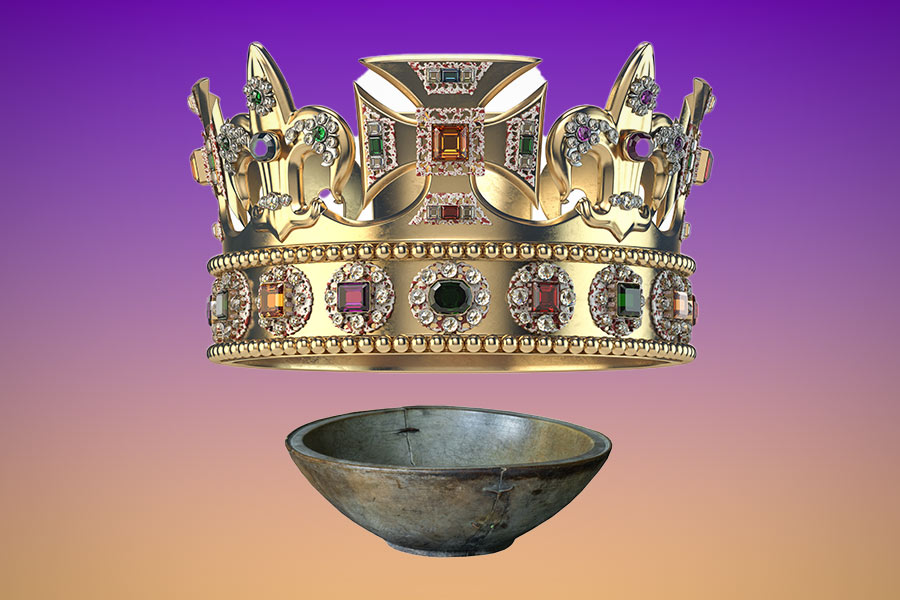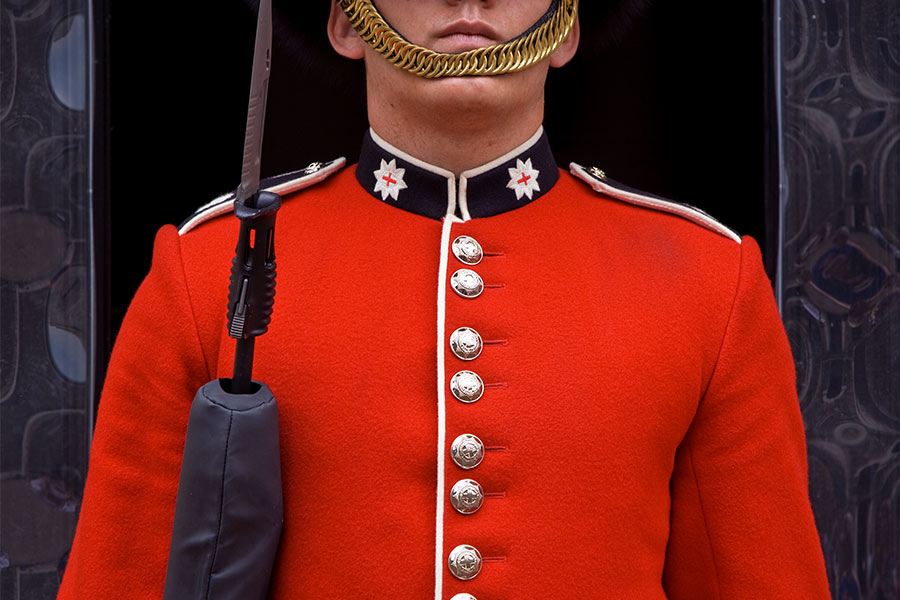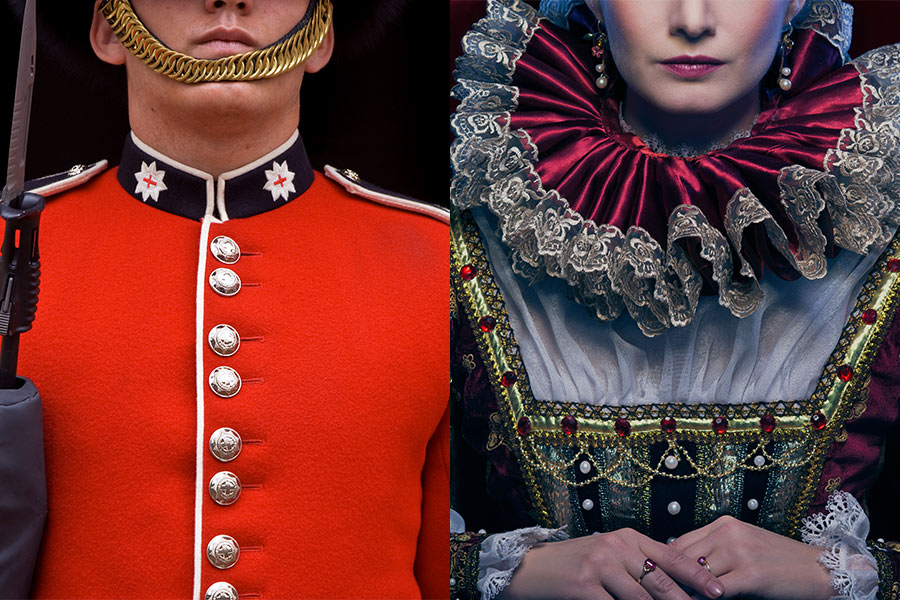
Encyclopedia search
Point of view is how a character thinks and feels about anything—a person, a place, a thing, a circumstance—anything. It’s a perspective that informs what a person initiates and how they respond.
Two players sit on side-by-side in chairs doing nothing. There is no setup or context. Neither one says or does anything until an impulse arises. When an impulse shows up in a player, it is acted upon. The other player doesn’t immediately respond, but rather soaks in what just happened. If soaking it in causes an impulse to arise, the responding player follows it. If not, they do nothing. This process of being present and responding to impulses as they arise continues until the exercise is stopped.
Interactive experiences come with a wide variety of expectations. Some expect participants to hold back and observe, while others want them to get in the middle of it all. Some expect no physical contact, and in others, there’s no avoiding it.
One character can hold many positions. A character’s position can be defined by an occupation, a profession, a relationship, or something that the character happens to be doing.
The president stands in the middle, with a bodyguard on either side, one in front and another behind. The bodyguard in front faces the president, all others face the same direction as the president. The president marches rhythmically, and all bodyguards do the same. As the president marches forward or backward, the bodyguards maintain their relative positions. When the president makes 90- and 180-degree turns, the bodyguards face the same direction, with the exception of bodyguard who is now in front, who faces the president. The president marches around with the bodyguards holding tight formation. Rotate players through so each has the opportunity to be president.
Player A asks a priming question which Player B answers. Then, Player A follows up with an echo question or a “why” question and Player B responds to that.
A character’s position can be defined as a profession or an occupation. The words might seem similar, but there’s an important difference. Professions are how characters spend their time making an income (e.g., soldier, nurse, prostitute). Occupations take just as much time, but don’t produce an income (e.g., royalty, homemaker, student). When coming up with a character’s position, consider both professions and occupations. It keeps positions from being exclusively defined by the way that people make money.
A random prop is named. Player A begins a scene utilizing the prop in a way that activates Player B. Player B (acting as the spect) responds, and then the pattern repeats with a new prop for a new scene.







